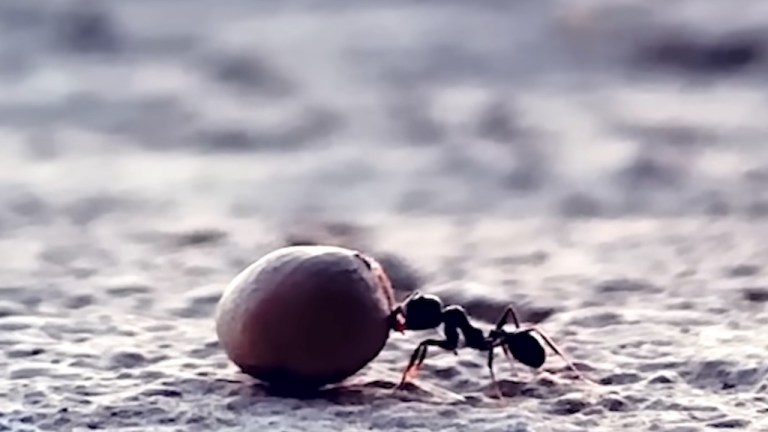The Natural Chemical Compound Behind Licorice Flavor
Adam Ragusea takes a look at the different natural sources behind the often polarizing, yet distinctive black licorice flavor, noting that they all contain an oily compound known as anethole. These sources include fennel, anise, star anise, and licorice plants. He further explains that fennel seeds, anise seeds, and star anise are not the same at all.
Anise is in the same family as fennel. It’s also from the Mediterranean, more from the Asian and African sides. Anise seeds are also technically little dried fruits, but their flavor is closer to pure anethole. When a lot of people describe anethole flavor, the word they reach for is anise or anise seed…the star anise is not a seed, nor is it anise. It’s the dried fruit from a completely unrelated evergreen tree from Southeast Asia. In China, they call it ba jiao, or eight horn. Each of the eight horns has a tiny little seed in it. And again, the flavor here is nearly pure anethole.
Other herbs derived from the daisy family, such as tarragon, are related as the primary compound astragal is an isomer of anethole, meaning that they both contain the same chemicals but the composition is arranged differently.
Here’s something a little different; this is tarragon, an herb from the daisy family. Also totally unrelated from these other plants, but it has a similar flavor thanks to astragal. Astragal is an isomer of anethole, meaning it has the same exact atoms, they’re just arranged a little differently in space. …Fun fact: while anethole shows anti-cancer properties, astragal is a suspected carcinogen, though probably not in the amounts you’d get from food.
via Digg






